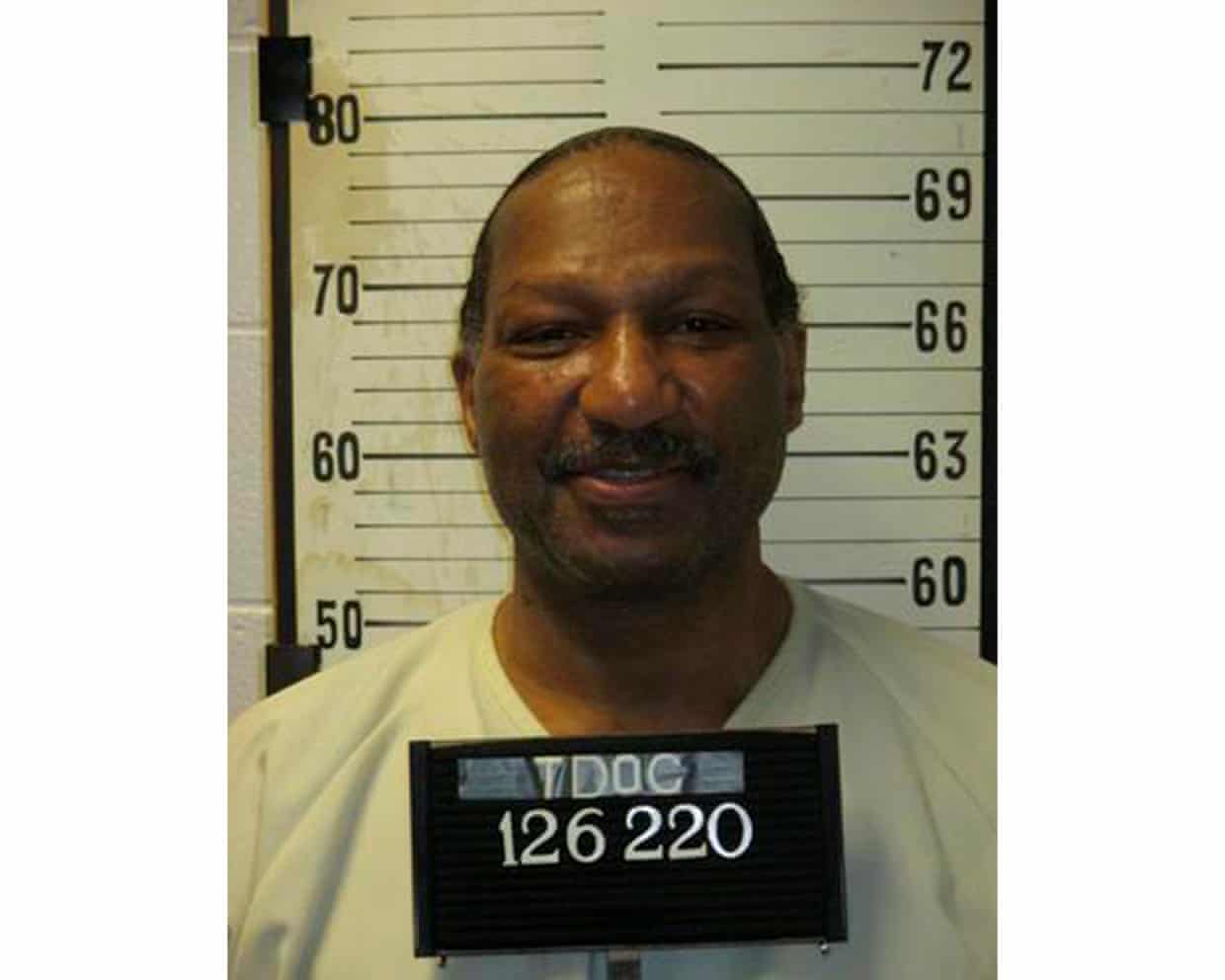A recent court hearing revealed that Byron Black, executed in Tennessee on August 5, 2023, may have exhibited signs of life for nearly two minutes after his death was officially declared. This revelation, presented by Black’s attorney, Kelley Henry, has intensified scrutiny over the state’s lethal injection protocols and raised ethical concerns surrounding capital punishment in Tennessee.
During the execution, which Henry described as “100% botched,” witnesses reported that Black displayed distressing signs, including loud breathing and audible groans. He was heard saying, “I can’t do this” and “It hurts so bad,” before being pronounced dead approximately ten minutes after these utterances. This week, Henry testified that an electrocardiogram indicated nearly two minutes of sustained cardiac activity after the official declaration of death, a detail reported by the Associated Press.
In court, Henry explained that the electrocardiogram (EKG) data revealed ongoing heart activity for one minute and fifty seconds beyond the declared time of death, suggesting that Black may still have been alive when officials checked for vital signs. “It’s very, very disturbing on so many levels,” Henry stated, emphasizing that if Black was indeed alive, he should have received additional doses of the sedative pentobarbital, as per state protocols.
The execution process has come under fire, as witnesses observed Black struggling for breath and displaying visible signs of pain. Henry noted that staff had difficulty locating a vein for the injection, reportedly taking around ten minutes to administer the lethal drug, during which time blood oozed from the injection site. Concerns have been raised regarding the use of pentobarbital and whether it operates in the human body as intended.
Henry described the execution as “torture” and compared the physical distress Black may have experienced to “an incredibly painful form of waterboarding.” This sentiment aligns with findings from the county medical examiner’s autopsy, which indicated that Black developed pulmonary edema during the execution. This condition can cause severe pain and feelings akin to drowning.
In the lead-up to the execution, Black’s legal team had fought to halt the process, citing his lifelong disabilities, including dementia and severe heart failure. Despite maintaining his innocence in the 1988 homicides of his girlfriend, Angela Clay, and her daughters, Latoya and Lakeisha, his team argued that executing someone with such disabilities is unlawful.
The ongoing litigation challenges the state’s lethal injection protocols, with Henry asserting that the identities of execution team members should not be kept secret. She argued that direct testimony from those involved is crucial to understanding what went wrong during the execution process. “Did the IV come out? Is that the reason that Mr. Black exclaimed, ‘It’s hurting so bad’?” Henry questioned during her testimony.
In response, a representative for the Tennessee Department of Corrections maintained that the identities of execution team members are protected to ensure their safety. The legal battles continue, with heightened attention on the implications of Black’s execution for capital punishment practices in Tennessee and beyond.
As discussions about the methods of execution persist, the case of Byron Black serves as a poignant reminder of the complexities and ethical dilemmas surrounding capital punishment.







